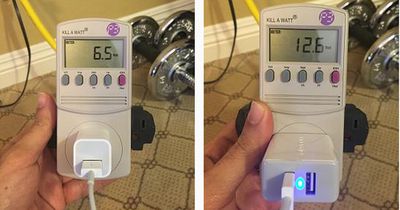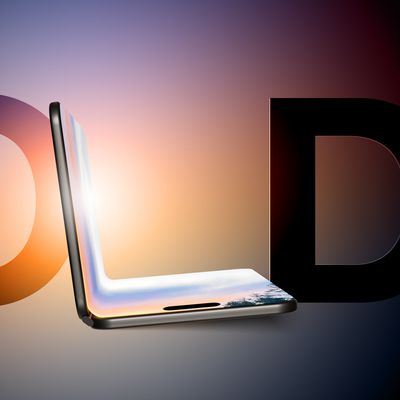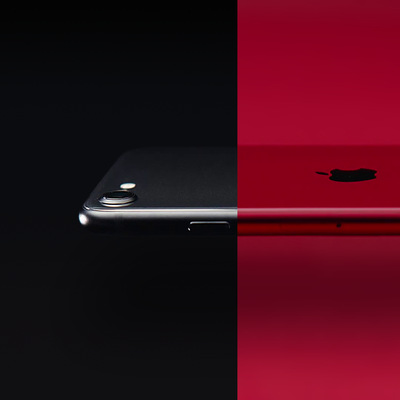Apple's iPhone 6 and 6 Plus ship with higher capacity batteries that deliver exceptional battery life, but as pointed out by iLounge and MacRumors forum members, the two new iPhone models can also charge significantly faster when used with an iPad charging adapter rather than the smaller adapter included with the iPhones.

According to preliminary tests using a Kill-A-Watt device and OS X system information, the charging profile for the iPhone 6 and the 6 Plus match that of the iPad, allowing them to charge using 2.1A. Unlike earlier iPhone models which would only draw 5W regardless of the charger being used, the new phones are capable of drawing up to 12W, allowing them to charge at a faster rate. Early feedback from owners suggest the larger iPhone 6 Plus can charge fully in approximately two hours from an iPad adapter.

The iPhone 6 and 6 Plus include the standard square 1A/5W charging block that shipped with previous iPhone models. To obtain these faster charging rates, iPhone 6 and 6 Plus owners may use the 2.1A/12W charger from the iPad or the high-power USB port of a newer model Mac.

























Top Rated Comments
I swear the contempt of MR readers sure has skyrocketed recently. I mean, are these people for real? :rolleyes:
Makes no sense.
The charging circuit controls how much it wishes to draw. The charger does not decide how much to push.
The iPhone is entirely in control of how much juice it pulls, thus it is also clearly designed this way. Unless you're claiming to know something that the engineers who designed the thing don't.
This isn't an accident: the iPhone 6(+) circuit is intentionally designed to draw more amps. If they didn't want it to work this way, it wouldn't do it. The iPhone 5(S) do not work this way.
http://store.apple.com/us/product/MD836LL/A/apple-12w-usb-power-adapter?fnode=3c
Its clear no one here understands Li-Ion battery chemistry. I've been following this stuff for a while now for EVs (http://sequence-omega.net/?cat=4) (I drive a Volt).
A Li-Ion battery's usable life is determined by three variables - calendar life, cycle life, and charging rate (measured in "C" which is the ratio between charging rate and battery capacity in mAh - so "1C" is discharging or recharging the battery in 1 hour, 0.5 is two hours, and 2C is 30 minutes).
Recent research from Stanford Univ. (http://cleantechnica.com/2014/09/19/recharging-lithium-ion-batteries-rapidly-harmful/) has shown the effects of "slow charging" to be overstated, and the effects of fast-charging less harmful than originally thought.
Recharging an iPhone 5S at 1A is about .63C (1000mA / 1570mAh). Recharging an iPhone 6 Plus at 2.1A is .71C (2100mA / 2950mA). The difference there is not enough to dramatically effect the lifespan of the battery cell. The 6 has a higher charge rate of 1.16C, but I don't beleive that its very harmful to the battery and the higher charge rate will not shorten the overall lifespan of the battery. For reference, recharging an iPad Air at 2.1A is .24C ( 2100mA / 8820mAh).
Its not until you go over 2C that you start to see substantial impacts. Even Tesla owners who fast-charge frequently still have 99% original battery capacity after more than 100 cycles (http://gas2.org/2014/06/16/video-28000-miles-tesla-model-s-still-99-range/).